Home>Gardening & Outdoor>Plant Care & Gardening Tips>How To Deadhead Mums
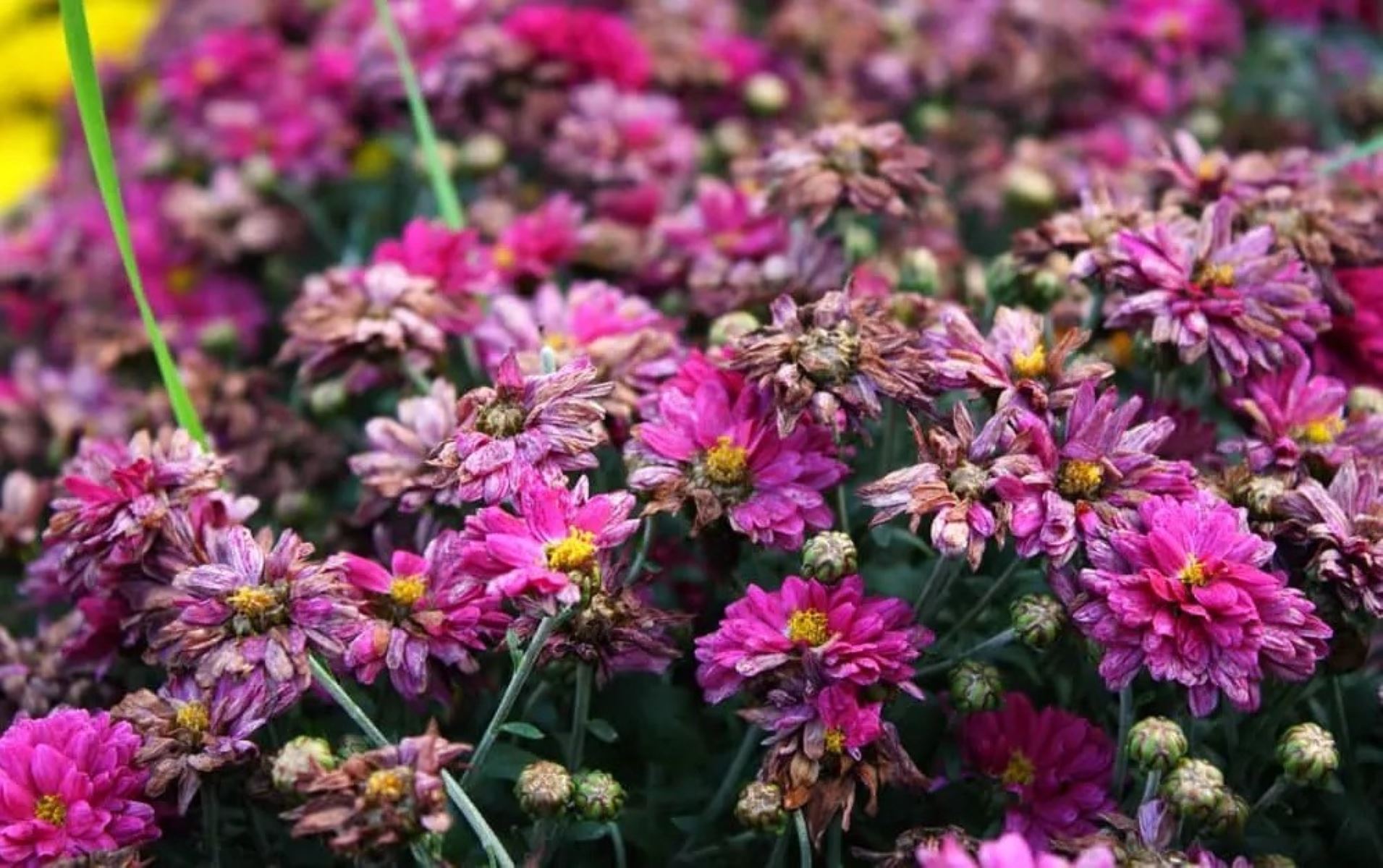

Plant Care & Gardening Tips
How To Deadhead Mums
Published: February 29, 2024
Learn how to deadhead mums and improve your plant care and gardening skills with our expert tips and techniques. Discover the best practices for maintaining healthy and vibrant mums.
(Many of the links in this article redirect to a specific reviewed product. Your purchase of these products through affiliate links helps to generate commission for Storables.com, at no extra cost. Learn more)
Introduction
Deadheading mums is a crucial practice for maintaining the health and beauty of these beloved flowering plants. As a gardening enthusiast, you understand the joy of cultivating a vibrant and flourishing garden. Mums, also known as chrysanthemums, are renowned for their stunning blooms and ability to brighten up any outdoor space. However, to ensure that these delightful flowers continue to thrive and produce an abundance of blooms, deadheading becomes an essential task in your gardening routine.
By deadheading mums, you can encourage prolonged flowering, prevent the plant from expending energy on seed production, and maintain a tidy and attractive appearance in your garden. This simple yet effective technique involves the removal of spent or fading flowers, stimulating the plant to redirect its energy towards producing new blooms. As a result, your mums will continue to grace your garden with their vibrant colors and captivating beauty throughout the growing season.
Understanding the art of deadheading mums empowers you to actively participate in the lifecycle of these plants, fostering their growth and ensuring a visually stunning display in your garden. With the right knowledge and approach, you can elevate your gardening experience and revel in the rewarding process of nurturing mums to their fullest potential. Let's delve into the world of deadheading mums and uncover the techniques and insights that will enable you to cultivate thriving, blooming mums that capture the admiration of all who behold them.
Key Takeaways:
- Deadheading mums promotes continuous blooming, prevents seed formation, and maintains a tidy garden appearance. By removing fading flowers, you empower mums to thrive and captivate with vibrant blooms.
- Regular inspections, precision cutting, and consistent maintenance are essential for successful deadheading. Embrace the art of nurturing mums to their fullest potential and create a visually stunning garden.
Read more: How To Deadhead Petunias In Hanging Baskets
What is Deadheading?
Deadheading is a fundamental horticultural practice that involves the removal of fading or spent flowers from a plant. This technique is particularly beneficial for mums, as it promotes continuous blooming and overall plant health. When a flower begins to fade, it directs its energy towards producing seeds. By deadheading, you interrupt this process, prompting the plant to channel its resources into generating new blooms instead of seed production.
The primary goal of deadheading mums is to encourage the plant to redirect its energy towards growth and the development of fresh flowers. As the fading blooms are removed, the plant is stimulated to produce additional buds, resulting in a prolonged and abundant flowering period. This process not only enhances the visual appeal of the plant but also supports its overall vitality.
Moreover, deadheading prevents the formation of seed heads, which can divert nutrients away from the plant's growth and flowering processes. By eliminating spent flowers, you help the mums conserve their energy for the production of new blooms, thereby sustaining their vigor and visual allure.
In essence, deadheading mums is a proactive measure that optimizes the plant's resources, promotes continuous flowering, and contributes to a more vibrant and flourishing garden. This simple yet impactful practice empowers gardeners to actively participate in the lifecycle of their mums, fostering an environment where these delightful flowers can thrive and captivate with their radiant beauty.
Why Deadhead Mums?
Deadheading mums is a pivotal aspect of nurturing these beloved flowering plants, offering a multitude of benefits that contribute to their overall health and visual appeal. By understanding the significance of deadheading, you can actively support the continuous blooming and vitality of your mums, elevating the beauty of your garden in the process.
Prolonged Flowering
Deadheading mums plays a crucial role in extending the flowering period of these captivating plants. By removing fading or spent flowers, you prompt the plant to focus its energy on producing new blooms rather than channeling resources into seed production. This proactive measure results in a prolonged and abundant display of vibrant flowers, enhancing the visual allure of your garden and delighting all who behold it.
Enhanced Aesthetic Appeal
The practice of deadheading contributes to the overall tidiness and attractiveness of mums. By eliminating faded blooms, you maintain a neat and well-groomed appearance in your garden, allowing the remaining flowers to shine with renewed vibrancy. This meticulous approach to plant care ensures that your mums continue to exude a captivating charm, creating a visually stunning focal point in your outdoor space.
Read more: How To Pick Mums
Preventing Seed Formation
Deadheading mums prevents the formation of seed heads, which can divert vital nutrients and resources away from the plant's growth and flowering processes. By removing spent flowers, you safeguard the plant's energy for the production of new blooms, enabling it to thrive and flourish without the burden of seed production. This proactive measure supports the overall health and vigor of the mums, ensuring that they can devote their resources to continuous flowering and growth.
Encouraging New Growth
As you deadhead mums, you stimulate the plant to produce additional buds, fostering a cycle of continuous growth and blooming. This process encourages the development of fresh flowers, enriching your garden with a profusion of colors and textures. By actively engaging in the deadheading practice, you empower your mums to flourish and thrive, creating a dynamic and visually captivating outdoor environment.
In essence, deadheading mums is a fundamental practice that promotes prolonged flowering, enhances aesthetic appeal, prevents seed formation, and encourages new growth. By embracing this essential aspect of plant care, you actively contribute to the vitality and visual splendor of your mums, fostering a garden that brims with vibrant blooms and natural beauty.
When to Deadhead Mums
Knowing the optimal timing for deadheading mums is essential for maximizing the benefits of this horticultural practice. By identifying the right moments to remove spent flowers, you can effectively promote continuous blooming and maintain the overall health and visual appeal of your mums.
Fading Blooms
The ideal time to deadhead mums is when the blooms begin to fade. As the vibrant colors of the flowers start to diminish and the petals show signs of wilting or browning, it signifies that the blooms are reaching the end of their lifecycle. At this stage, promptly removing these fading flowers is crucial to prevent the plant from directing its energy towards seed production.
Read more: Mums: How To Grow
Regular Inspections
Regularly inspecting your mums is key to identifying fading or spent flowers that require deadheading. By incorporating this task into your gardening routine, you can promptly pinpoint the blooms that have reached the end of their prime and take proactive measures to remove them. This attentive approach allows you to stay ahead of the deadheading process, ensuring that the mums can continuously produce new blooms and maintain a vibrant display throughout the growing season.
Throughout the Growing Season
Throughout the growing season, mums benefit from consistent deadheading to encourage prolonged flowering. As the plant continues to produce blooms, it is essential to monitor its progress and remove fading flowers as needed. By consistently deadheading throughout the season, you provide the mums with the opportunity to thrive and showcase their radiant blooms without the hindrance of seed production.
Post-Blooming Period
After the initial blooming period, deadheading becomes even more crucial for preparing the mums for subsequent flowering cycles. By removing spent flowers and encouraging new growth, you set the stage for a renewed burst of blooms, revitalizing the plant and sustaining its visual allure.
In essence, the timing for deadheading mums revolves around the fading of blooms, regular inspections, and consistent maintenance throughout the growing season. By staying attuned to the condition of the flowers and proactively removing spent blooms, you empower your mums to flourish and captivate with their vibrant display of colors and textures.
Tools Needed for Deadheading
When it comes to deadheading mums, having the right tools at your disposal can significantly streamline the process and ensure that you can effectively remove spent flowers without causing unnecessary stress to the plant. While deadheading is a relatively straightforward task, utilizing the appropriate tools can enhance precision and efficiency, allowing you to maintain the health and visual appeal of your mums with ease.
Read more: How To Propagate Mums
Pruning Shears
Pruning shears are indispensable for deadheading mums, offering the precision and cutting power required to remove fading or spent flowers without causing damage to the plant. Opt for sharp, clean pruning shears that enable you to make clean cuts, minimizing the risk of injuring the stems or nearby buds. Additionally, the ergonomic design of pruning shears facilitates comfortable handling, allowing you to navigate through the foliage and selectively remove the targeted blooms with ease.
Handheld Clippers
Handheld clippers serve as a convenient tool for deadheading mums, particularly when dealing with a larger number of fading flowers. These clippers provide a swift and efficient means of removing spent blooms, enabling you to maintain the overall tidiness and visual appeal of the plant. With their compact size and maneuverability, handheld clippers offer a practical solution for deadheading mums while ensuring that the process remains effortless and precise.
Clean Cloth or Disinfectant Wipes
Maintaining the cleanliness of your tools is essential for preventing the spread of diseases or infections to the mums during the deadheading process. Keep a clean cloth or disinfectant wipes on hand to regularly wipe down your pruning shears or handheld clippers, ensuring that they remain free from any potential contaminants. By incorporating this practice into your deadheading routine, you safeguard the health of the mums and minimize the risk of introducing harmful pathogens to the plant.
Container for Discarded Flowers
Having a designated container for discarded flowers streamlines the deadheading process, allowing you to efficiently collect and dispose of the spent blooms. Whether it's a small bucket or a gardening bag, having a dedicated receptacle for the removed flowers ensures that your gardening space remains tidy and organized. This simple yet practical addition to your deadheading toolkit facilitates a seamless cleanup process, enabling you to maintain a well-kept garden environment as you tend to your mums.
Incorporating these essential tools into your deadheading routine equips you with the means to effectively maintain the health and visual appeal of your mums. By utilizing pruning shears, handheld clippers, clean cloth or disinfectant wipes, and a container for discarded flowers, you can approach the deadheading process with confidence and precision, nurturing your mums to flourish and captivate with their vibrant blooms.
Read more: How To Fertilize Mums
Step-by-Step Guide to Deadheading Mums
-
Identify Fading Blooms: Begin by carefully inspecting your mums for fading or spent flowers. Look for blooms that show signs of wilting, browning, or fading colors, indicating that they have reached the end of their prime.
-
Gather Your Tools: Equip yourself with the necessary tools for deadheading, including sharp pruning shears or handheld clippers. Ensure that your tools are clean and free from any potential contaminants to safeguard the health of the mums.
-
Positioning for Precision: Position yourself near the base of the fading flower, ensuring that you have a clear view of the stem and surrounding foliage. This vantage point allows for precise and targeted removal of the spent bloom without causing unnecessary stress to the plant.
-
Selective Removal: Using your pruning shears or handheld clippers, carefully snip the fading flower just above a set of healthy leaves or buds. Make a clean and angled cut to promote optimal healing and minimize the risk of water accumulation on the remaining stem.
-
Dispose of Spent Blooms: After removing the fading flowers, promptly collect and dispose of them in your designated container. This proactive measure prevents the accumulation of decaying plant material and supports a clean and well-maintained garden environment.
-
Repeat the Process: Continue the deadheading process by inspecting the remaining blooms and identifying any additional fading flowers that require removal. Consistent deadheading throughout the growing season ensures that the mums can continuously produce new blooms and maintain a vibrant display.
-
Monitor and Adjust: As you progress through the deadheading process, monitor the overall condition of the mums and adjust your approach based on the plant's response. Pay attention to the development of new buds and growth patterns, allowing you to tailor your deadheading technique to support the plant's vitality.
-
Regular Maintenance: Incorporate deadheading into your regular gardening maintenance routine, ensuring that you stay proactive in preserving the health and visual appeal of your mums. By consistently removing spent flowers, you encourage the plant to redirect its energy towards continuous blooming and growth.
By following this step-by-step guide to deadheading mums, you can effectively nurture these beloved flowering plants and promote a prolonged and vibrant display of blooms in your garden. This meticulous approach to plant care empowers you to actively participate in the lifecycle of your mums, fostering an environment where these delightful flowers can thrive and captivate with their radiant beauty.
Tips for Successful Deadheading
Successful deadheading of mums involves a combination of attentive observation, precise technique, and proactive maintenance. By incorporating the following tips into your deadheading routine, you can optimize the health and visual appeal of your mums, fostering a garden brimming with vibrant blooms and natural beauty.
1. Regular Inspections
Consistent and thorough inspections of your mums are essential for identifying fading or spent flowers that require deadheading. By routinely assessing the condition of the blooms, you can promptly pinpoint the flowers that have reached the end of their prime and take proactive measures to remove them. This attentive approach allows you to stay ahead of the deadheading process, ensuring that the mums can continuously produce new blooms and maintain a vibrant display throughout the growing season.
2. Precision Cutting
When deadheading mums, precision cutting is crucial to minimize stress on the plant and promote optimal healing. Use sharp pruning shears or handheld clippers to make clean and angled cuts just above a set of healthy leaves or buds. This technique not only encourages the development of new growth but also reduces the risk of water accumulation on the remaining stem, supporting the overall health of the plant.
Read more: How To Decorate With Mums
3. Timing is Key
Deadheading mums at the right time is pivotal for maximizing the benefits of this practice. Remove fading flowers promptly to prevent the plant from directing its energy towards seed production. By staying attuned to the condition of the flowers and proactively removing spent blooms, you empower your mums to flourish and captivate with their vibrant display of colors and textures.
4. Consistent Maintenance
Incorporate deadheading into your regular gardening maintenance routine to ensure that you stay proactive in preserving the health and visual appeal of your mums. By consistently removing spent flowers, you encourage the plant to redirect its energy towards continuous blooming and growth, fostering a dynamic and visually captivating outdoor environment.
5. Monitor New Growth
As you engage in the deadheading process, monitor the development of new buds and growth patterns on the mums. This attentive observation allows you to tailor your deadheading technique to support the plant's vitality, ensuring that it can thrive and produce a profusion of vibrant blooms throughout the growing season.
By implementing these tips for successful deadheading, you can elevate your gardening experience and actively contribute to the vitality and visual splendor of your mums. This meticulous approach to plant care empowers you to nurture your mums to their fullest potential, fostering a garden that brims with vibrant blooms and natural beauty.
Conclusion
In conclusion, the art of deadheading mums is a transformative practice that empowers gardeners to actively participate in the lifecycle of these beloved flowering plants. By understanding the significance of deadheading and embracing the techniques and insights associated with this horticultural practice, you can elevate the health, vitality, and visual appeal of your mums, fostering a garden that brims with vibrant blooms and natural beauty.
The process of deadheading mums involves the meticulous removal of fading or spent flowers, prompting the plant to redirect its energy towards continuous blooming and growth. This proactive measure not only extends the flowering period of the mums but also contributes to the overall tidiness and attractiveness of the garden. By preventing seed formation and encouraging new growth, deadheading supports the plant's vitality and sustains its visual allure throughout the growing season.
Equipped with the knowledge of when and how to deadhead mums, as well as the essential tools and tips for successful deadheading, you can embark on a journey of nurturing these delightful flowers to their fullest potential. Regular inspections, precision cutting, and consistent maintenance form the pillars of successful deadheading, enabling you to optimize the health and visual appeal of your mums with attentive care and proactive measures.
As you immerse yourself in the art of deadheading mums, you become an active steward of your garden, fostering an environment where these captivating plants can thrive and captivate with their radiant beauty. The rewards of deadheading extend beyond the visual splendor of the blooms, encompassing a deeper connection to the natural world and the gratification of nurturing life within your outdoor space.
In essence, the practice of deadheading mums transcends the realm of plant care, offering a profound opportunity to engage with the intricate rhythms of nature and cultivate a flourishing garden that reflects your dedication and passion. Embrace the art of deadheading mums, and witness the transformative impact it bestows upon your garden, infusing it with a vibrant tapestry of colors and textures that captivate the senses and inspire a profound appreciation for the beauty of the natural world.
Frequently Asked Questions about How To Deadhead Mums
Was this page helpful?
At Storables.com, we guarantee accurate and reliable information. Our content, validated by Expert Board Contributors, is crafted following stringent Editorial Policies. We're committed to providing you with well-researched, expert-backed insights for all your informational needs.
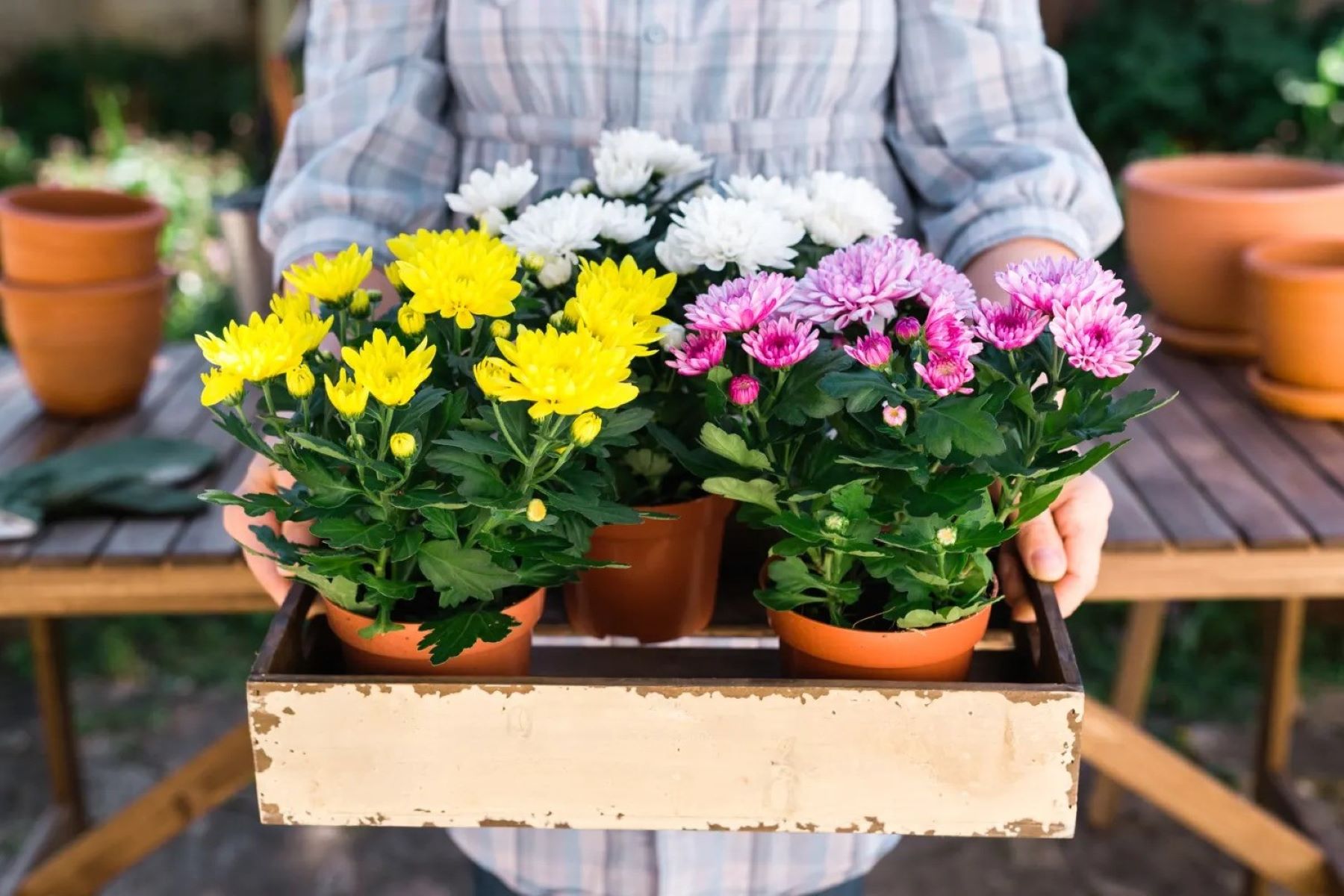
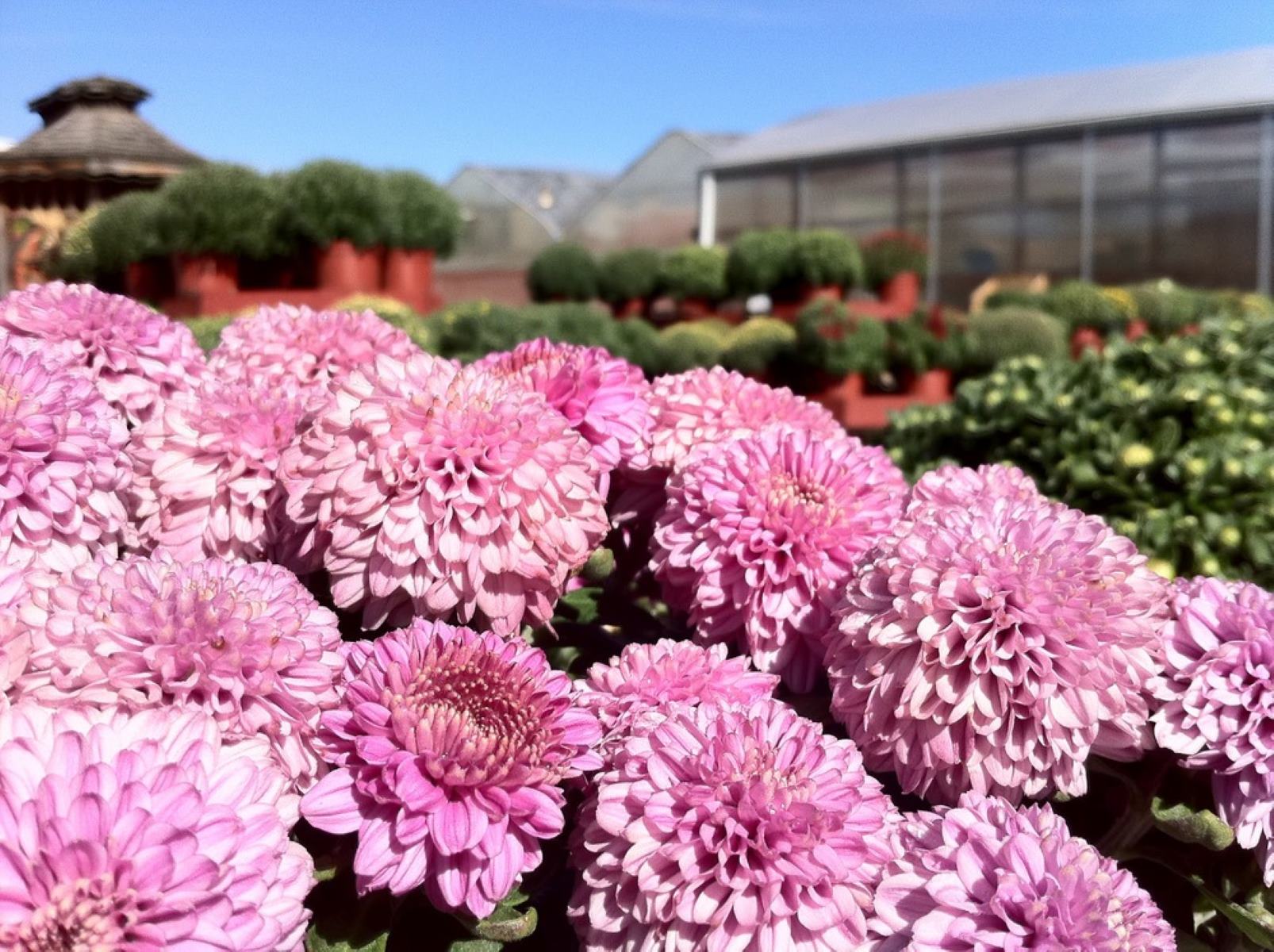
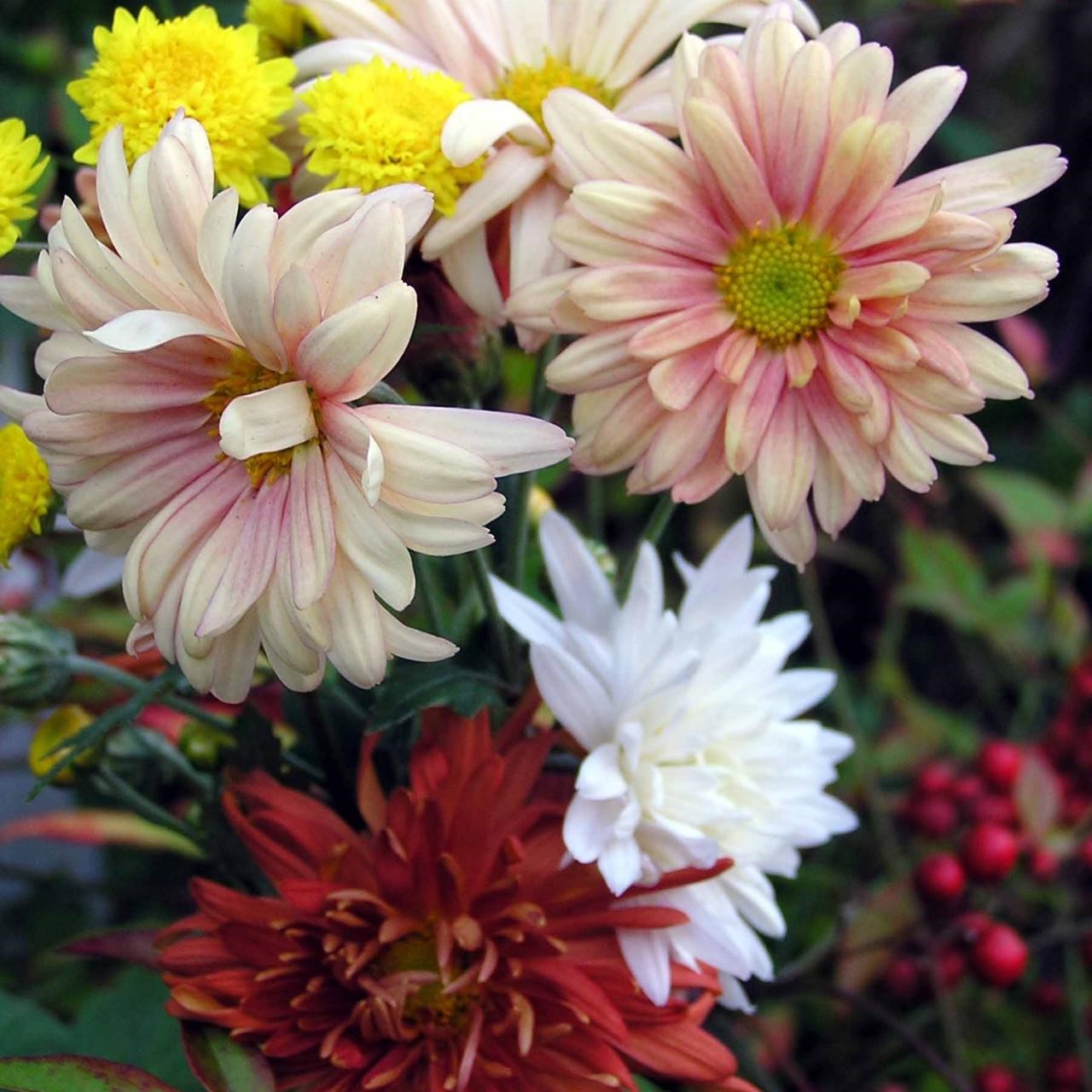
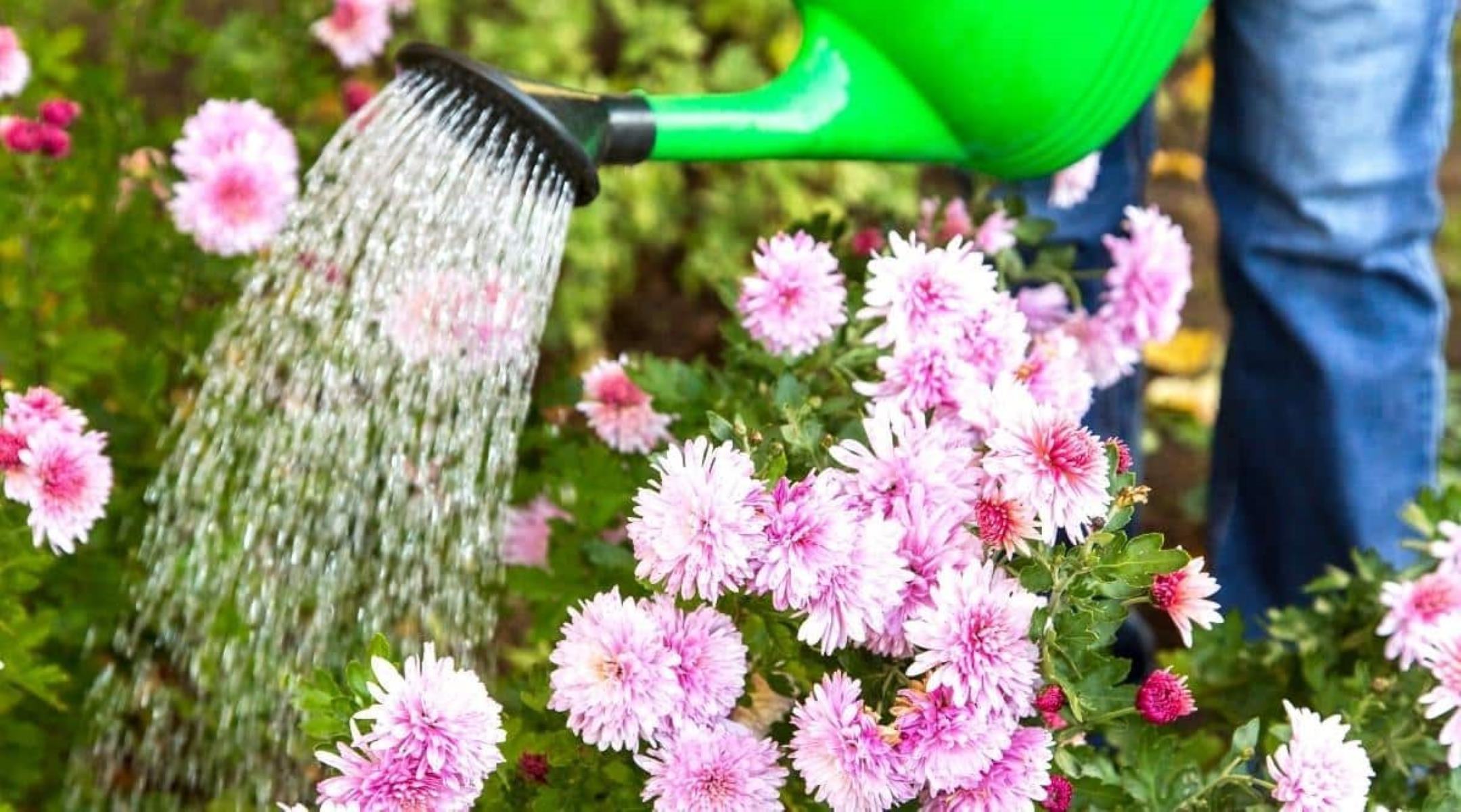

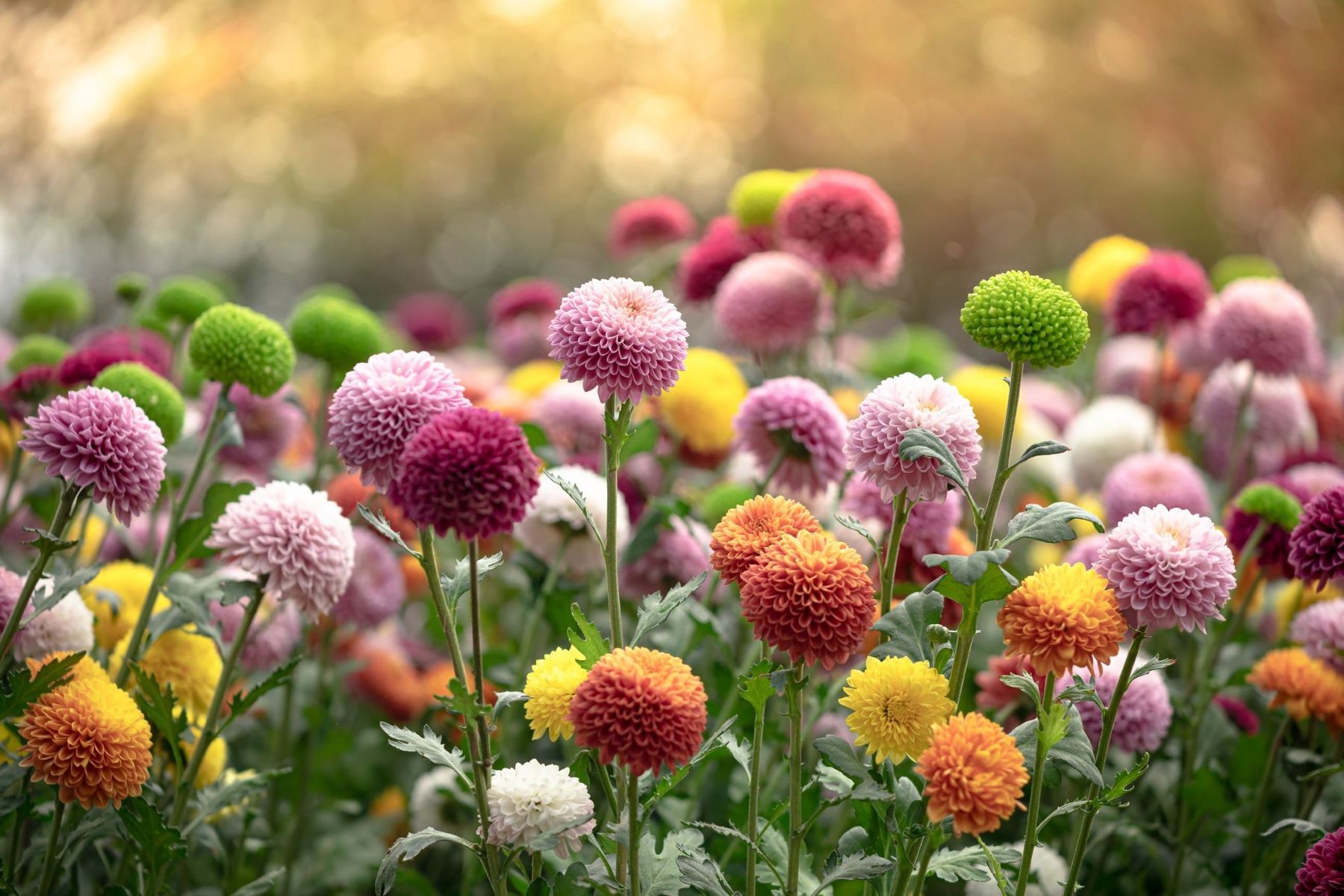
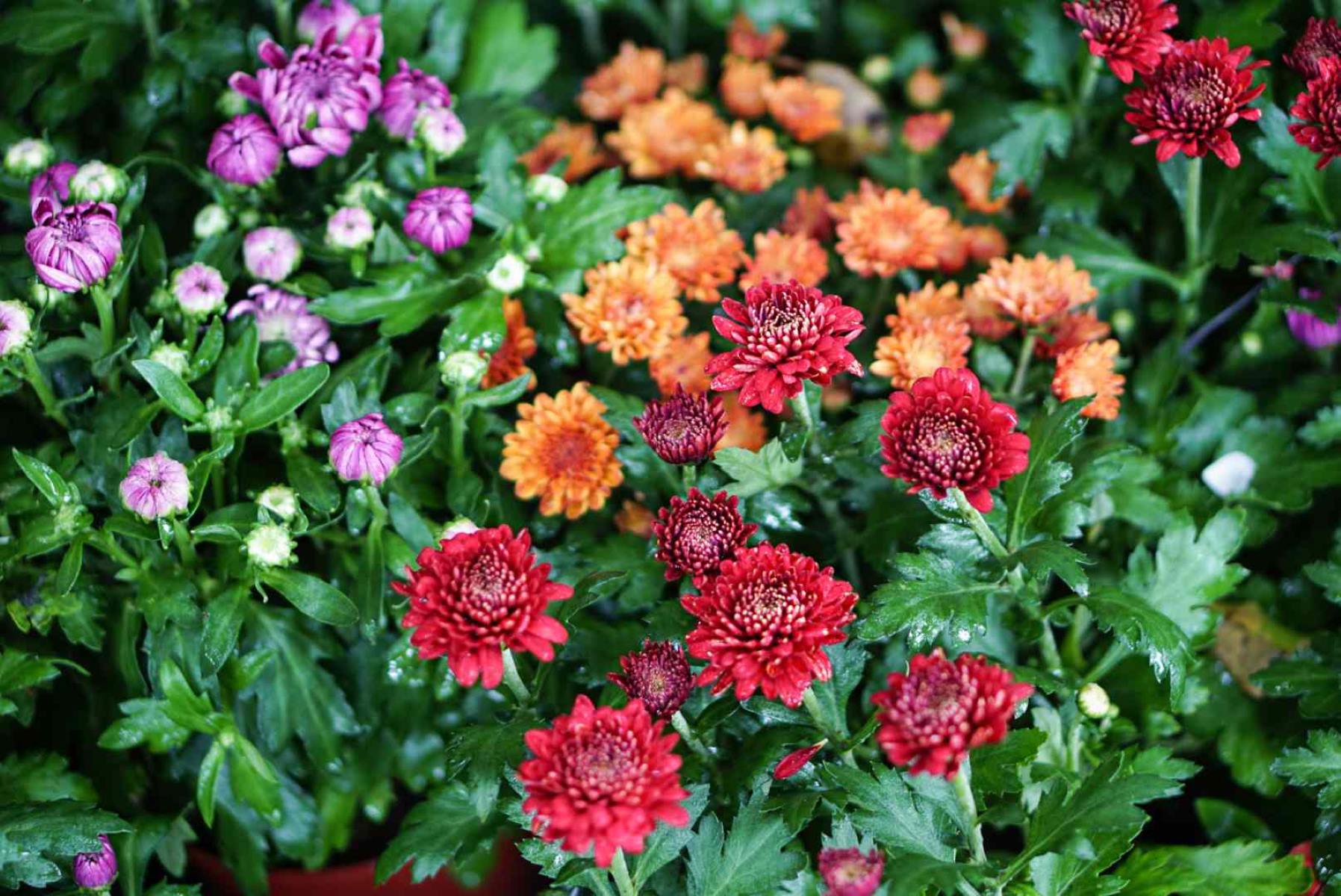
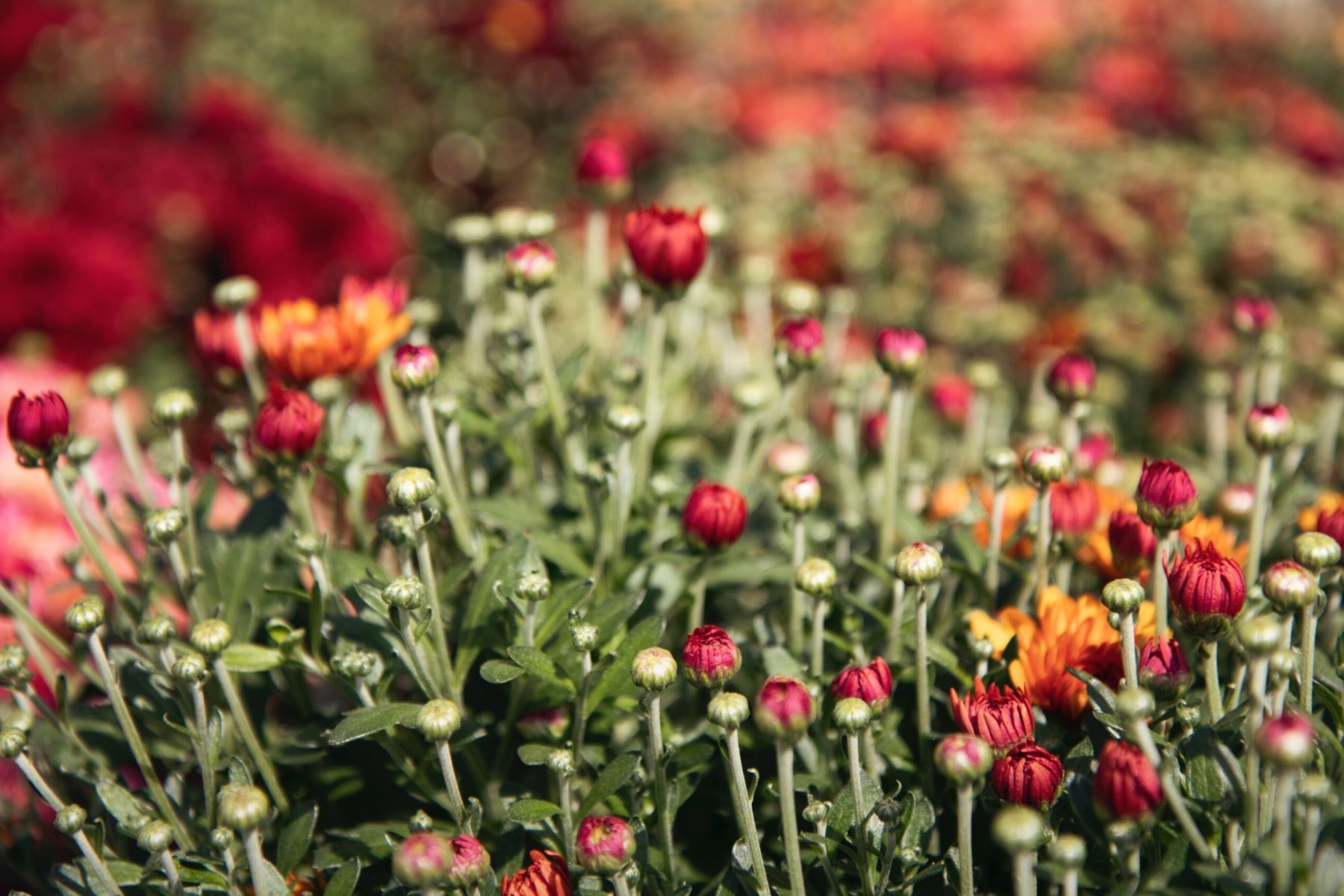
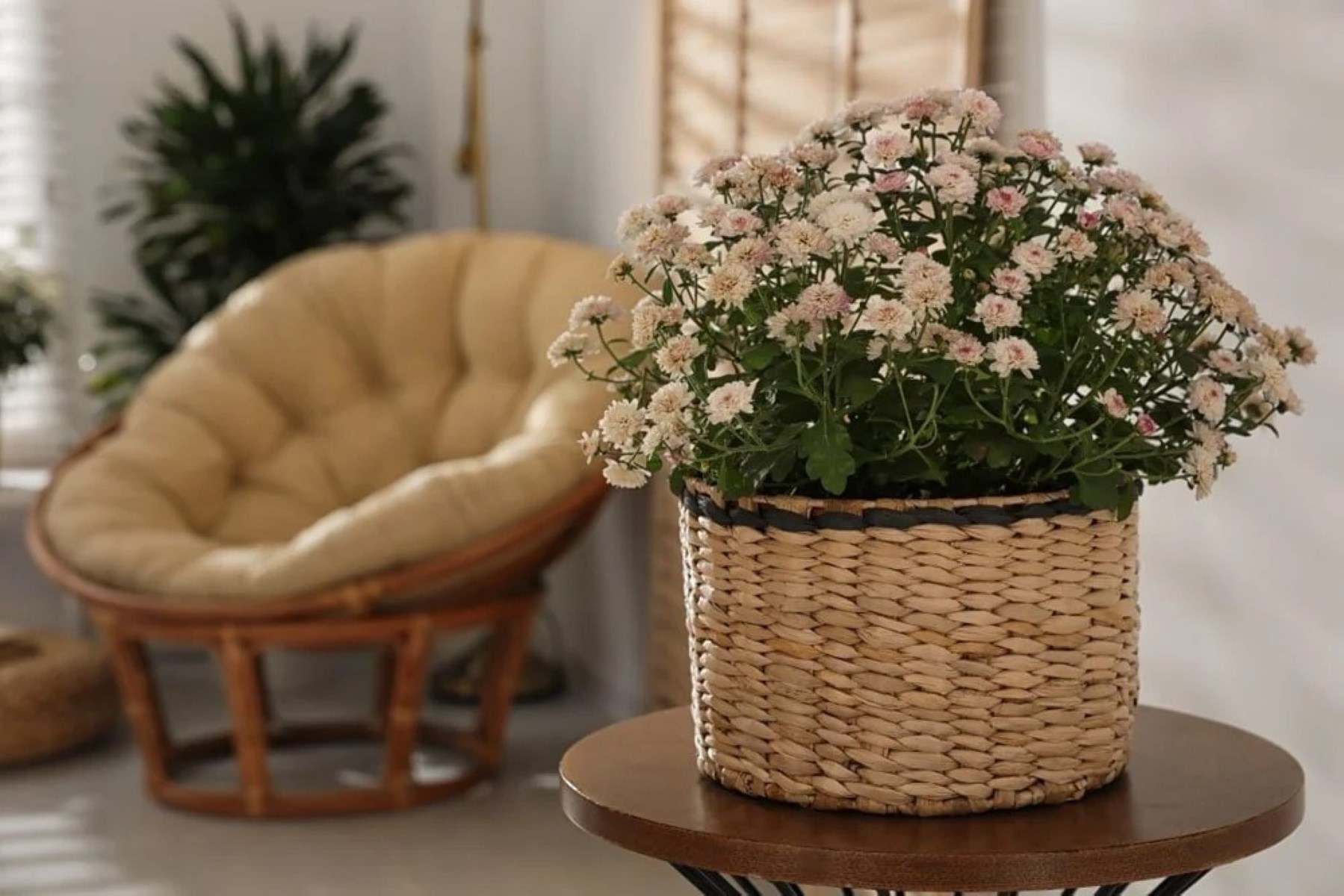
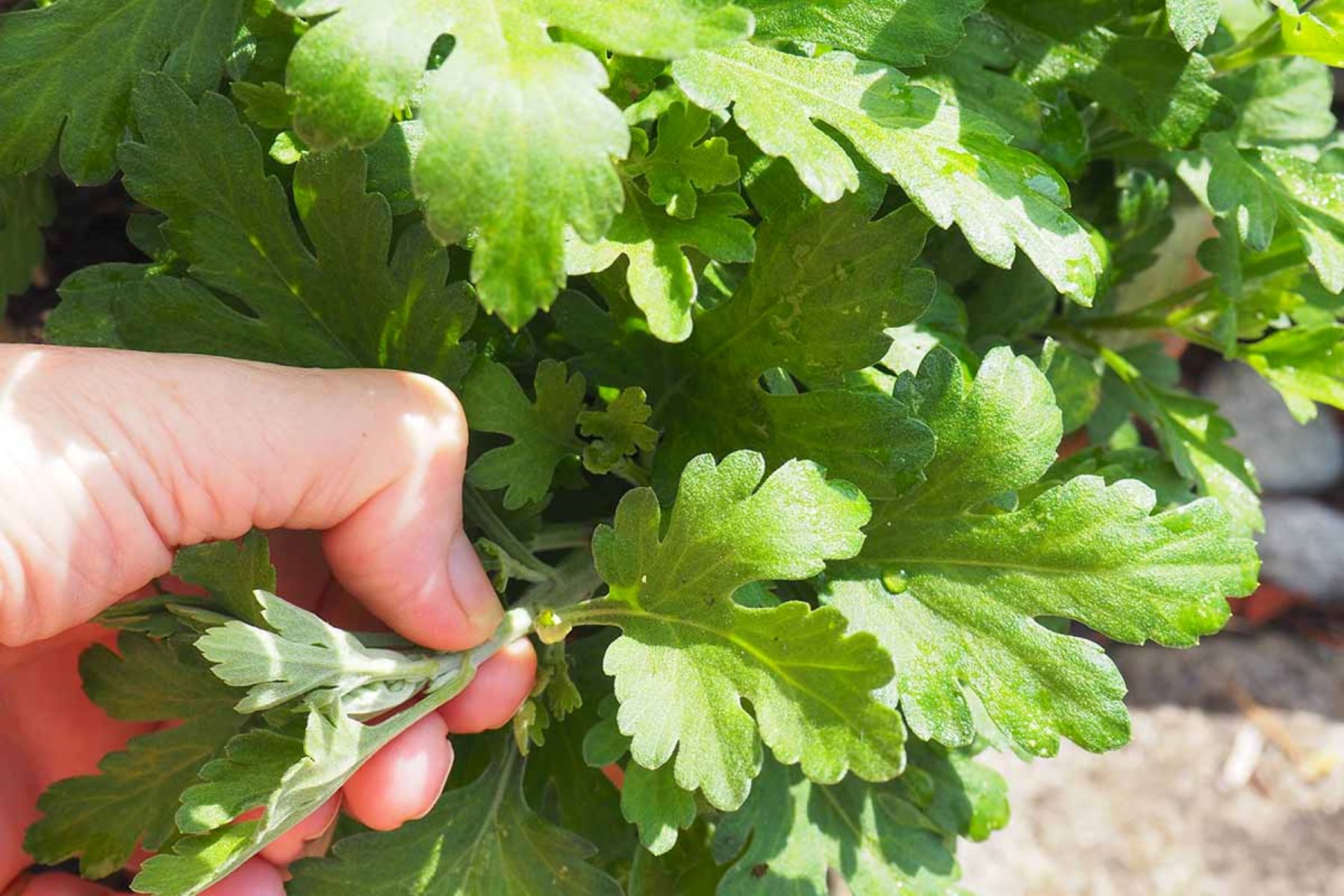

0 thoughts on “How To Deadhead Mums”